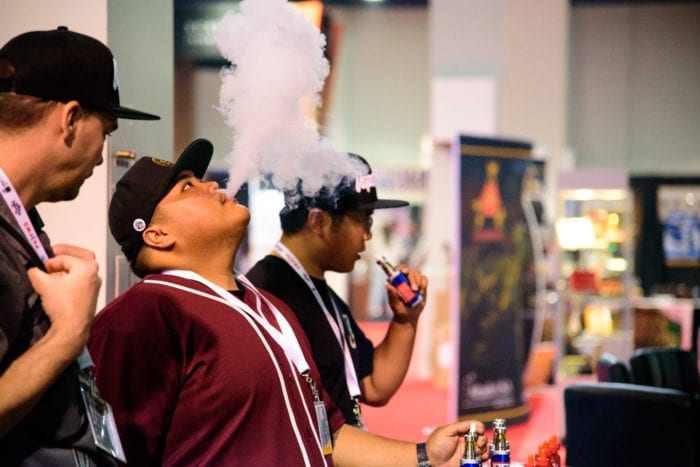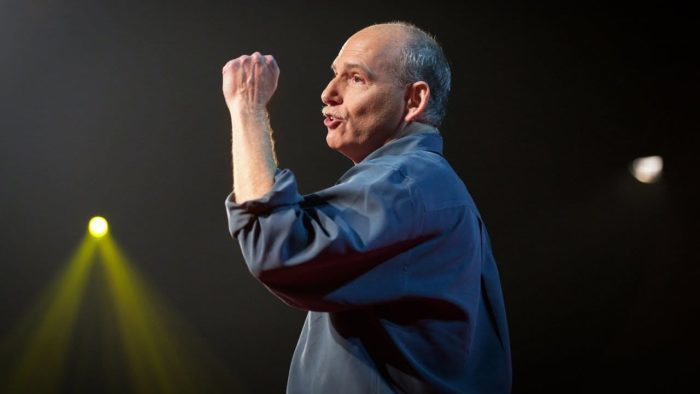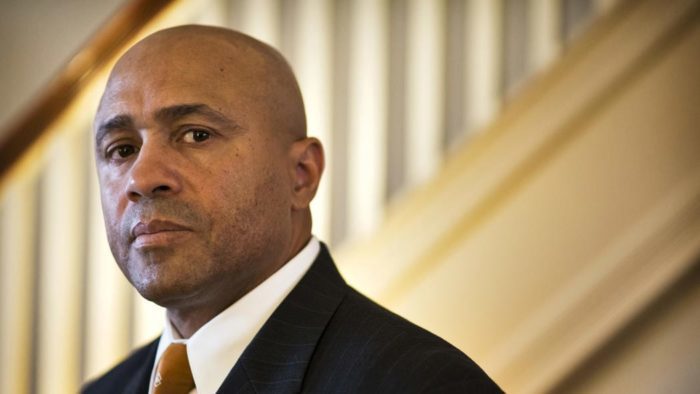
“It basically just banned everything with the word ‘vape’ in it and didn’t consider the consequences.”
For those needing an instant kick of confidence, a comforting hand on your shoulder at the end of a rough day, or a way to alleviate your nicotine craving, nothing beats a freshly lit cigarette. They’d be the best things in the world if they didn’t destroy our vital organs. According to the World Health Organization (WHO), over time, butt-related illnesses will kill about half of the billion-plus active smokers on this cloudy planet.
Many of us who love nicotine and being alive have struggled to reconcile the conflict between our health and addiction. But for a moment, we thought we had found a workable solution.
Electronic cigarettes—often called “vapes” or “e-cigarettes”—first appeared in Beijing in the early 2000s. Once they caught on across the Pacific, their popularity went nuclear. WHO data shows the amount of global e-cigarette users went from seven to 41 million from 2011 to 2018.
Down here at the anecdotal, observational level, vaping was commonly considered too new for anyone to know the unbiased facts regarding its long-term health implications. This dubious notion was useful to some early e-smokers, as we liked to think breathing candy-flavored chemical fumes was relatively harmless (or, at least less stupid than smoking traditional cigarettes) and felt no need to further investigate matters.
Around 2017, new vape shops seemingly began appearing on every block in Greater Boston, with the establishments offering puffable liquids equipped to evoke any number of food, drink, or cultural fixes—banana bread, Cap’n Crunch, sex positions. Sometimes, it wasn’t about taste, or even a nicotine fix, but rather thinking to yourself, I am inhaling fumes that taste like breakfast cereal out of a device. What I am doing is ridiculous, but this is the Goddamn future and I’m living in it.
Then things took an unexpected turn for the horrible. A nationwide spike in lung injuries linked to vaping in late summer and fall of 2019 hobbled the industry’s momentum, decimating the perception of e-cigarettes’ safety relative to combustible tobacco. The Centers for Disease Control and Prevention (CDC) dubbed this the e-cigarette or vaping product use associated lung injuries (EVALI) epidemic.
Within months, the agency determined the outbreak—encompassing more than 2,800 hospitalizations and 68 deaths—was primarily associated with the presence of vitamin E acetate in illicit liquid designed for THC delivery.
Mass hysteria
As an immediate response to the national panic, several states enacted temporary e-cigarette bans. In Massachusetts, Gov. Charlie Baker forbade the sale or purchase of all vape products for four months starting in late September, making the Bay State one of the most restrictive of the bunch.
“I think that the initial ban was not thought through very well,” Shaleen Title, a commissioner on the state’s Cannabis Control Commission, said in an email interview. “It didn’t differentiate nicotine products from cannabis products, or dry flower vaping products from cartridges, or adult-use cannabis vaping from medical cannabis vaping. It basically just banned everything with the word ‘vape’ in it and didn’t consider the consequences of pushing users to the illicit market where evidence was showing the dangerous products were coming from.”
After it was widely understood that the outbreak was not connected to store-bought nicotine fluids or devices, the Massachusetts Public Health Council lifted the ban in mid-December, while signing off on regulations that work as a de facto flavored vape ban.
If you were hellbent on a nicotine fix that tastes like sour apple bubble gum any time after December, hopefully you had a local hookah hookup, as licensed smoking bars are the only places in Mass where such delicious products can be legally sold. As of June 1, the new law similarly restricts all flavored tobacco, plus adds a new 75% excise tax on all nicotine vaping products.
The New England Convenience Store and Energy Marketers Association is fighting what’s amounted to a costly Menthol ban for them, while civil liberties groups including the ACLU and the Center for Popular Democracy knocked the new Commonwealth law as bigoted. As the alliance wrote in a February letter to members of Congress: “With a criminal legal system that incarcerates Blacks at nearly six times the rate of white Americans and a prison population that is 67 percent Black and Latinx, any prohibition on menthol and flavored tobacco products promises continued over- criminalization and mass incarceration of people of color.”
Such concerns aside, as these things go, the crackdown, which began in response to a public health crisis of unknown origins, evolved into a measure to combat a much more familiar, eternal dilemma—teenagers making bad decisions. As Mass state Sen. John Keenan threatened on CNN in mid-November, shortly after Baker signed off on the new restrictions: “For too long, Big Tobacco has targeted our kids with flavored products. We are telling Big Tobacco their days of hooking kids in Massachusetts are over.”

The studies
Vaping is not harmless.
Various studies conflict with each other, but much of the most current research tells us that vaping is, indeed, less likely to kill you than traditional cigarettes. A 2019 University of California San Francisco report indicates vaping increases the chances of developing respiratory diseases by 1.3%; relative to old-school smoking, which increases the odds of serious lung illness by 2.6%, vaping looks less scary.
“One way to think about it is, in some respects, Juul is to cigarettes what pharmaceutical heroin is to illicit heroin,” said Ethan Nadelmann, an activist who co-founded the nonprofit Drug Policy Alliance in 2000. He’s shifted his primary focus to nicotine harm reduction advocacy during the last several years and added, “The basic drug remains the same, the form of consumption remains the same, but inhaling cigarette smoke is dramatically more dangerous than vaping.”
Anti-prohibitionists posit that wide legality and availability of e-cigarettes would slash consumption of analogue cigarettes and spare us significant human misery and health care dollars in the long run. Part of the problem, in Nadelmann’s mind, is that liberal animus towards the tobacco industry, however justified, is crushing any case for e-cigarettes as possible cessation devices.
“Last year, when San Francico passed a total ban on all vape devices, for me it was particularly galling that some of the progressive Dems who’d been my allies on issues like drug policy reform and legalizing for medical purposes were sometimes leading the charge to prohibit vaping,” Nadelmann said. “Big Tobacco has been a truly demonic force—one of the most venal industries in the history of capitalism. Yet at the same time, one has to recognize the potential harm reduction benefits for people who smoke switching to vaping if they’re unable to quit by other means.”
According to the Centers for Disease Control and Prevention, “e-cigarettes have the potential to benefit adult smokers who are not pregnant if used as a complete substitute” for combustible tobacco. And per a 2018 University of Michigan analysis, if proliferation of e-cigarettes created a 10% annual increase in smokers quitting, even alongside 2% of e-cigarette users turning into cigarette users, the overall gains of life years would far outweigh the losses.
But rather than make tasty nicotine widely available for people who want to quit cigarettes, Mass opted to take vapes away from teens who wish to appear cool and dangerous in front of their peers.
Mass. state Rep. Danielle Gregoire, the primary House sponsor of the new tobacco regulations, said pulling menthols from convenience stores will discourage mint Juul-loving adolescents from getting hooked on similarly flavored traditional cigarettes. Some data may support her theory; in 2017, the University of Michigan reported that high school seniors who partook in e-cigs were upward of four times more likely to try a cigarette in the foreseeable future.
Big Tobacco has a lot at stake across the board; the most commonly available and recognizable vaping brands—Juul, Logic, blu, for examples—are their subsidiaries. And use among young people has boomed; according to more University of Michigan research, from 2017 to 2018, the rise in US teen e-cigarette use was the fastest surge of illicit substance use among that demographic in more than 40 years. Meanwhile, the CDC’s 2019 National Youth Tobacco Survey found about 30% of US high school students had done some vaping within the past month, whereas 11% of middle schoolers said the same.
Still, harm reduction advocates argue that a reluctant smoker who’s not currently able to quit might prefer switching to a safer vape.
“When we talk about banning menthol, for us, we’re looking at these products as an alternative that people should be able to switch to,” said Alex Clark, CEO of Consumer Advocates for Smoke-free Alternatives Association (CASAA), a nicotine harm reduction nonprofit. “In a community where menthol has been banned, and there’s been no attention to the details of the difference between menthol in a vapor product or menthol in a combustible product, well, menthol or any flavor in a vapor product is going to be magnitudes safer than any combustive product.”

Won’t someone please think of the adults?
While the rhetoric surrounding vaping tends to focus on suburban teenagers, menthol cigarettes disproportionately impact low-income Black communities. African Americans are less likely to smoke but more likely to die from smoking-related illnesses than white people. And 85% of Black smokers—according to CDC data from 2018—are partial to menthols. (By an astounding coincidence, tobacco companies have inundated African Americans with menthol marketing campaigns since the 1950s.)
State lawmakers and others have applauded Mass for being the first state to effectively ban menthol cigarettes, but the sentiment against minty smokes existed before the EVALI onslaught. The US Food and Drug Administration proposed a nationwide menthol ban in 2018, and similar initiatives have made the rounds in other cities and states.
Neill Franklin, a retired 30-year veteran of the Baltimore Police Department and the Maryland State Police, is the executive director of Law Enforcement Action Partnership. LEAP has stomped on menthol bans in their various permutations, largely out of concerns that they will forge unregulated, underground markets that may broaden and replicate conditions associated with the demonstrably failed war on drugs.
As most of the direct sales and distribution of illegal menthols would be handled by children, Franklin said, these circumstances make it much easier, not harder, for young people to acquire menthols. Plus, as civil liberties advocates noted, there are also significant worries about giving police a new reason—or excuse, as may be the case—to approach Black people.
LEAP has been criticized for accepting funding from RJ Reynolds Tobacco Company, as have a handful of like-minded anti-prohibition groups. (CASAA donations come “from many sources,” according to the organization’s website, which also says it takes measures to diminish or prevent industry influence.) Franklin stressed that LEAP does not allow donors to tell them what to do or say. But regardless of who’s paying for what and how much it matters, it’s hard to dismiss concerns about illegal cigarettes leading to violence when that is what happened in one of the most notorious police killings in recent history.
“Look at Eric Garner in New York City,” Franklin noted, recalling the 2014 tragedy. “He was selling cigarettes on a street corner—allegedly. It never went to trial. The police get brought into the issue, and now you’ve got someone who died from a chokehold.”
Gregoire, the Mass state rep behind the new tobacco law, said Massachusetts State Police have had adequate practice keeping illicit, tax-free cigarette sales under control, and therefore she finds the emergence of a new underground market for menthols unlikely. She also said the new laws safeguard against potential police abuse.
“We made it very clear when the legislation was passed that individuals would not be a target of law enforcement,” Gregoire told DigBoston. “Rather, retail establishments and others who have sold these products would be subject to scrutiny if they fail to comply with the law.”
“The fundamental question, to me, is whether the ban would change consumers’ behavior, or whether it would cause them to seek the banned product in the illicit market,” Title, the Cannabis Control Commission member, said. “That’s the line between prohibition and regulation.”
“Regardless of whether there was evidence for the flavor ban or not, it was dishonest that EVALI illnesses were cited as the reason to pass a ban on flavored tobacco,” Title added. “The two things have nothing to do with each other. Public health policy should be evidence-based. Even the name ‘EVALI’ is misleading, as the illness turned out to be largely unrelated to what people commonly think of as e-cigarettes. The people who pushed that ban and used an unrelated public health crisis to pass it lost a lot of credibility, at least in my eyes.”
“A lot of what’s been going on in the fight over vaping reminded me of what got me involved in drug policy reform in the late 1980s at the height of the war on drugs,” said Nadelmann, formerly of Drug Policy Alliance. “Essentially, it boils down to this growing gap between what public health and science says would be a good policy, and what public opinion and the politicians say we have to do.”
Barry Thompson lives next to a highway in the Allston/Brighton vicinity. He has written for a whole bunch of places, enjoys caffeine, and appreciates a good, hearty anxiety attack every now and again.

